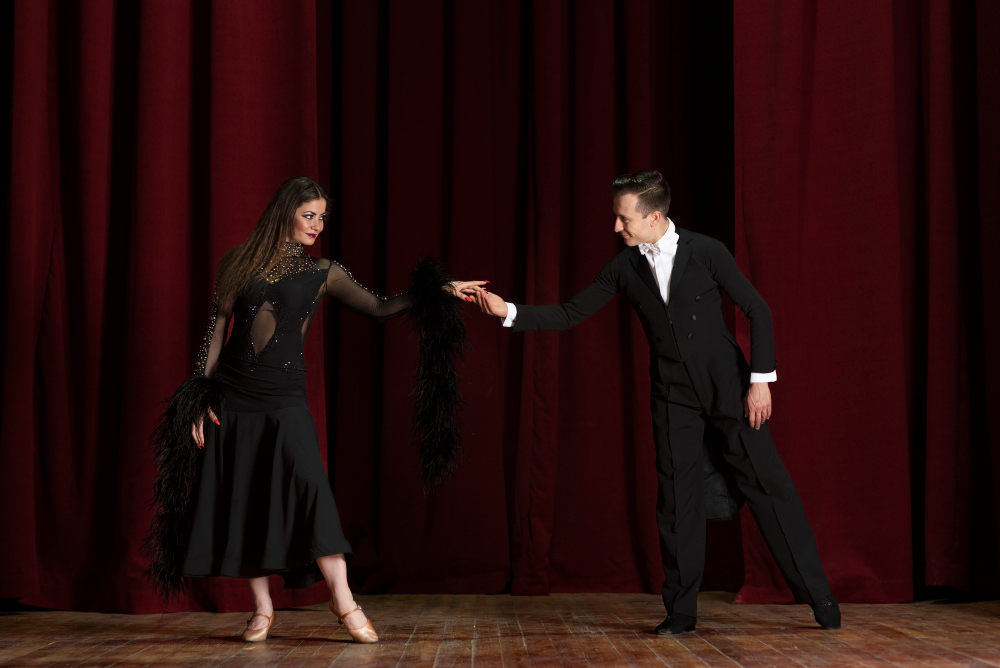
Musical or Play: What is the Difference, Really?
Have you ever found yourself wondering about the distinction between a musical and a play? You’re not alone. These two forms of entertainment often get mixed up, and it’s not always easy to understand what sets them apart. In this article, we’ll delve into the world of theatre and explore the differences between musicals and plays. So, grab your seat and get ready for a crash course in theatrical genres!
Defining the Terms: Musical and Play
Musical: A musical is a form of theatrical performance that combines spoken dialogue, acting, and singing. It intertwines storytelling with music and often features elaborate choreography and orchestral accompaniment. Music and songs play a central role in conveying the narrative, character emotions, and themes.
Play: On the other hand, a play, also known as a straight play or a stage play, is a form of theatrical performance primarily driven by spoken dialogue. Plays rely on dialogue, monologues, and interactions between characters to tell a story, explore themes, and develop characters. While music can be present in a play, it usually serves a supporting or atmospheric role rather than being the central focus.
The Role of Music
Musical: Music takes centre stage in a musical. Songs are strategically placed throughout the performance to heighten emotions, advance the plot, or delve into the character’s thoughts and motivations. The songs in a musical are often memorable and serve as key moments that leave a lasting impression on the audience.
Play: In a play, music, if present, serves a different purpose. It may be used to create a particular atmosphere, establish a time period, or provide transitions between scenes. However, music does not drive the narrative or contribute significantly to the storytelling. Instead, the dialogue and interactions between characters take the lead in conveying the story and its themes.
Choreography and Dance
Musical: Another key aspect that distinguishes musicals is the inclusion of choreography and dance. Musical numbers are often accompanied by intricate dance routines that enhance the visual spectacle. Dance sequences can be energetic, and expressive, and contribute to character development and the overall storytelling.
Play: Plays generally do not emphasize choreographed dance numbers. While physical movement and gestures are essential for actors to portray their characters convincingly, dance routines are not a significant element in plays. Movement in a play serves a more naturalistic purpose, conveying emotions and actions in a grounded and realistic manner.
The Importance of Narrative
Musical: A musical’s narrative structure is often designed to support and integrate the musical numbers seamlessly. The songs and music contribute to character development, advance the plot, and evoke emotions. The narrative in a musical tends to have a rhythm that allows for transitions between dialogue and song.
Play: In a play, the narrative unfolds primarily through dialogue. The script drives the story forward, and the characters’ interactions and conflicts are crucial in conveying the plot, themes, and character arcs. While there may be moments of silence or atmospheric music, the spoken word remains the primary vehicle for storytelling in a play.
Examples and Blurred Lines
It’s worth noting that there are instances where the line between musicals and plays can become blurred. Some productions incorporate elements of both genres, making it challenging to categorize them strictly. These hybrid performances may feature music and dance as integral components but also rely heavily on dialogue and storytelling.
One notable example is the critically acclaimed production “Hamilton,” which combines rap, hip-hop, and traditional show tunes with spoken dialogue. While it contains numerous musical numbers, it also has substantial portions driven by spoken word, blurring the distinction between a musical and a play.
Conclusion
In summary, the main difference between a musical and a play lies in the prominence and role of music, choreography, and dance. Musicals place a significant emphasis on music and often feature elaborate choreography and dance routines, whereas plays rely primarily on spoken dialogue to convey the story. While there are exceptions and performances that blur the lines, understanding these fundamental differences can help theatre enthusiasts appreciate and categorize different theatrical experiences. So, whether you find yourself humming show tunes or engrossed in the power of the spoken word, the world of theatre offers a diverse array of performances to suit every taste.






